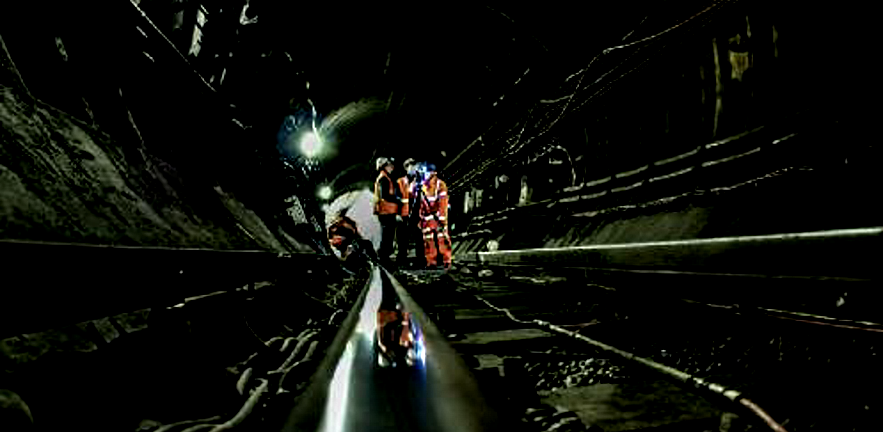
Location
Euston Station, London working with London Underground.
Challenges
- Railway tunnels are reliable structures with relatively low maintenance requirements but some problems do occur and can be challenging to treat
- ground water seepage is the most common concern in many underground railway systems. This can be a particular issue in older tunnels not built to modern waterproofing standards
- uncontrolled seepage can result in a variety of condition problems including: corrosion of track and structures, disruption to signalling and other electrical systems and general deterioration of surfaces. If untreated these issues can lead to reliability issues and a poor ambiance in public areas
- the precise location of seepages can be hard to predict so maintenance to correct specific instances is often reactive in nature. This can make effective maintenance planning difficult.
Project details
- Seepages have occurred in several areas on the London Underground tunnel network. Signficant maintenance effort is required to prevent these issues affecting the reliability of the service
- London Underground has invested in trials of materials and methods to treat these issues. These have established a palate of remedial solutions together with published guidance on the design and implementation of grouting to control individual seepages
- the logical next step is to develop a model to select a treatment approach taking account of what the railway values in different locations. For example, the right treatment for a running tunnel may not be same as for a public area where appearance is important. The project will aim to develop a tool to assist in this process by approaching these decisions from the perspective of client values
- it is anticipated that this value based approach may have applicability to both individual decisions and overall strategic planning of maintenance.
Achievements
- The study will examine what the client values by assessing the specific impacts of water seepage at various points in the tunnels
- it will also aim to provide London Underground with an effective maintenance policy tool that can maximise the tangible value provided by maintenance within budget constraints.
Anticipated transformative benefits to London Underground
- The study will aim to provide a tool which enables London Underground to assess possible maintenance strategies in terms of tangible measures of value to the organisation. These will not be limited to cost concerns but will also incorporate other potential value drivers such as reliability and ambiance
- it is expected that application of the tool will improve the ability to make good investment decisions and so achieve maximum value benefits from a given level of investment
- the model will also provide an additional tool to help in making the right maintenance and inspection choices for specific situations.
Download the full case study
